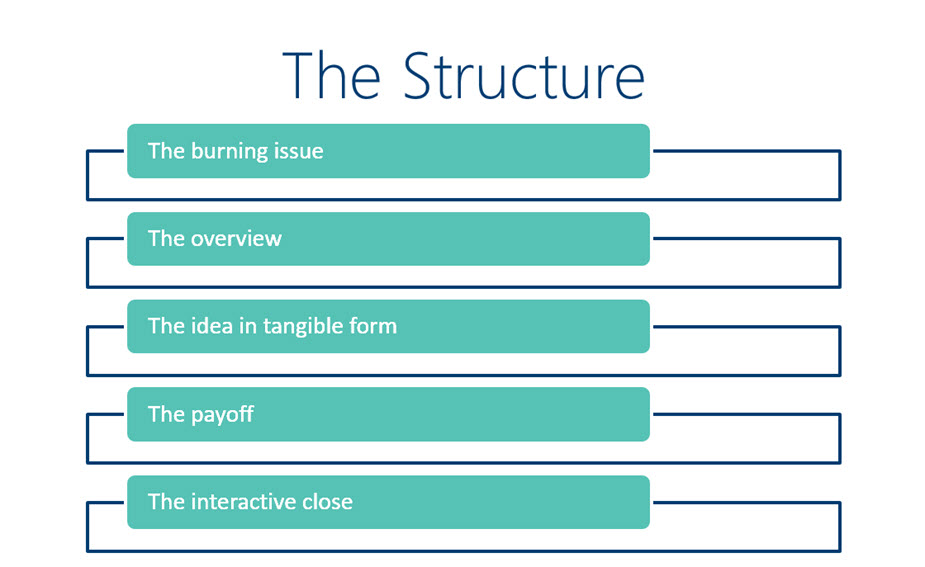Meetings, meetings, meetings… do you have days when you feel like all you did is attend meetings? In our professional society, meetings have taken over our lives. When you are in those meetings do you feel like you just want to escape? Have you zoned out? If you are presenting do you feel like no one is paying attention? Diane Buckley Altwies, CEO of Core Performance Concepts makes some great points and gives practical advice in the How to Avoid Meeting Madness webinar at Project Insight.
Diane lays out a method of structuring a 10 minute meeting that can be used for resolving a single burning issue quickly and succinctly. By using the structure and keeping to the time frame suggested for each section, it’s possible to successfully have these super-efficient meetings.
If you believe you need to book a meeting, first ask yourself “Why do we need this meeting?” then be sure to include an agenda on the invite that states why the meeting is needed and what goals are expected to be achieved. To be successful, it’s essential that you only invite people to the call that will agree this is a hot issue and are committed to helping resolve the issue.
There is perhaps nothing more frustrating to those being invited to a meeting than to see “Discuss Options” or “Meet to Go Over Situation” on the agenda. It is critical to let your invitees know the WHY and the GOAL. If you do this one little thing, the number of meetings needed will be reduced. Often, there is already an answer floating around. If you are very clear on your agenda, it’s quite possible one of the invitees will provide the answer and the meeting itself can be cancelled.
Assuming you still need the meeting, following a specific structure for your meetings will begin to train your associates to resolve issues quickly. They’ll know something will be accomplished and soon you’ll be the hero of the office! Diane’s structure looks like this:

Each section is assigned a specific time limit. Start the meeting by spending up to 30 seconds to re-state the issue (the WHY and the GOALS). Then provide a 60 second overview of why this is a burning issue that must be resolved during this meeting. This may seem like too short of a time, but the goal is to state why the issue is burning, not the issue itself as you already did that. Next up should be 120 seconds (2 minutes) of you stating facts (not feelings), providing evidence and giving your recommendation.
Here’s how the payoff comes about: Let’s assume you spent 15 minutes putting together your meeting invite and agenda. Then you spend 60 - 90 minutes gathering history and researching possible solutions. This should include 30-45 minutes of testing out ideas on a few of your attendees. Let’s assume you invite 10 people to your 10-minute meeting. All total, there is a time investment here of less than 4 hours. The alternative is 10 people in a meeting for 1 hour, which is 10 hours invested. It’s pretty obvious this could be a HUGE payoff for you and the company!
The remaining 6 1/2 minutes of the meeting is for the interactive close. Get feedback, determine action items needed and set next steps. And boom! You’re done.
Questions or comments? Feel free to share them below!
You may also like:
ABOUT THE AUTHOR: Patti is a Project Management Consultant with over 15 years of experience managing complex website projects. She works with clients in many industries including software development, healthcare and professional organizations. Learn more about Patti on LinkedIn.